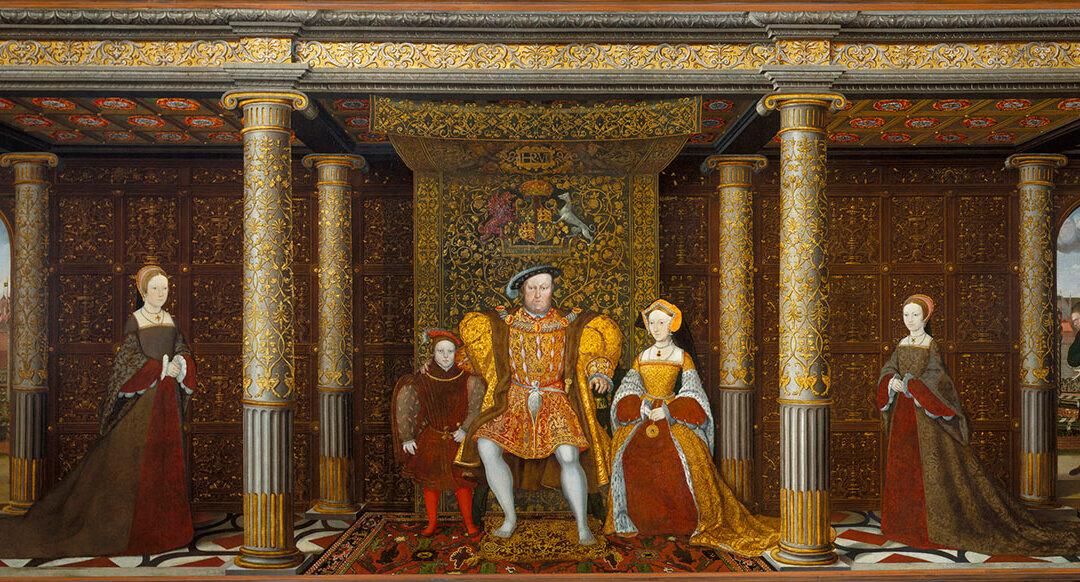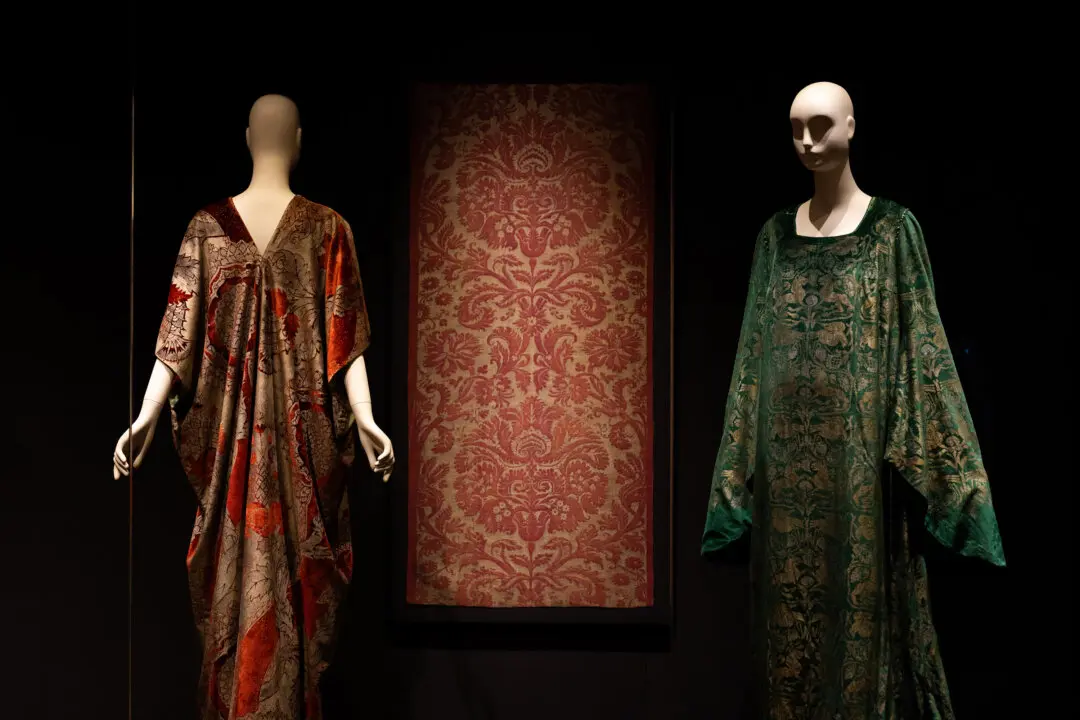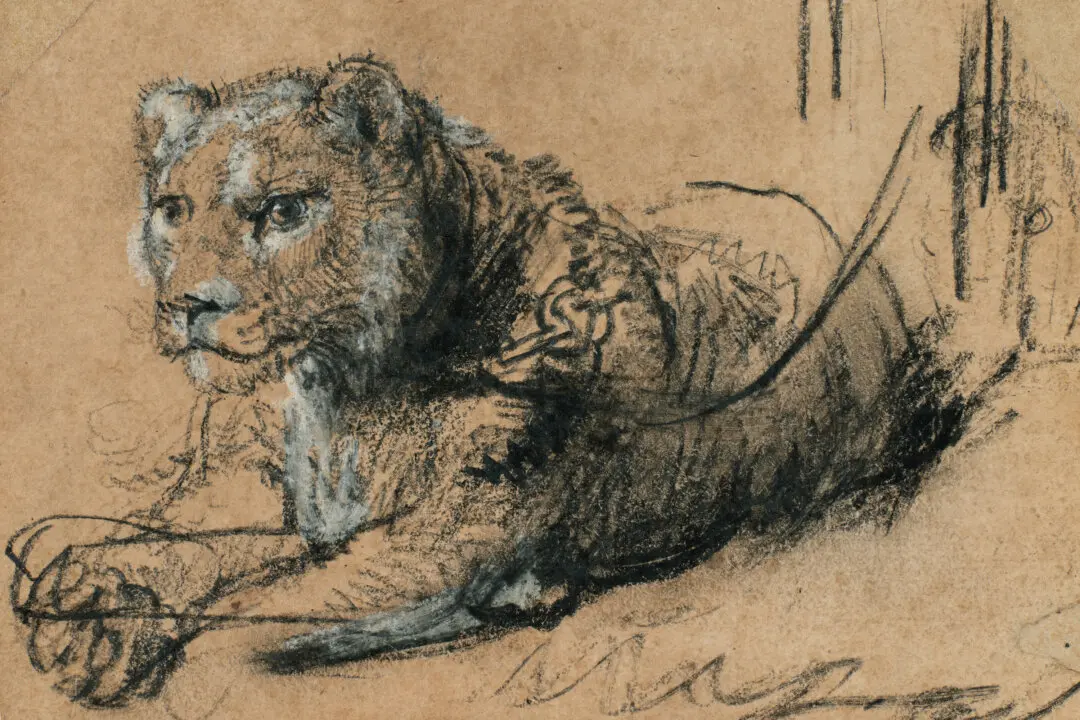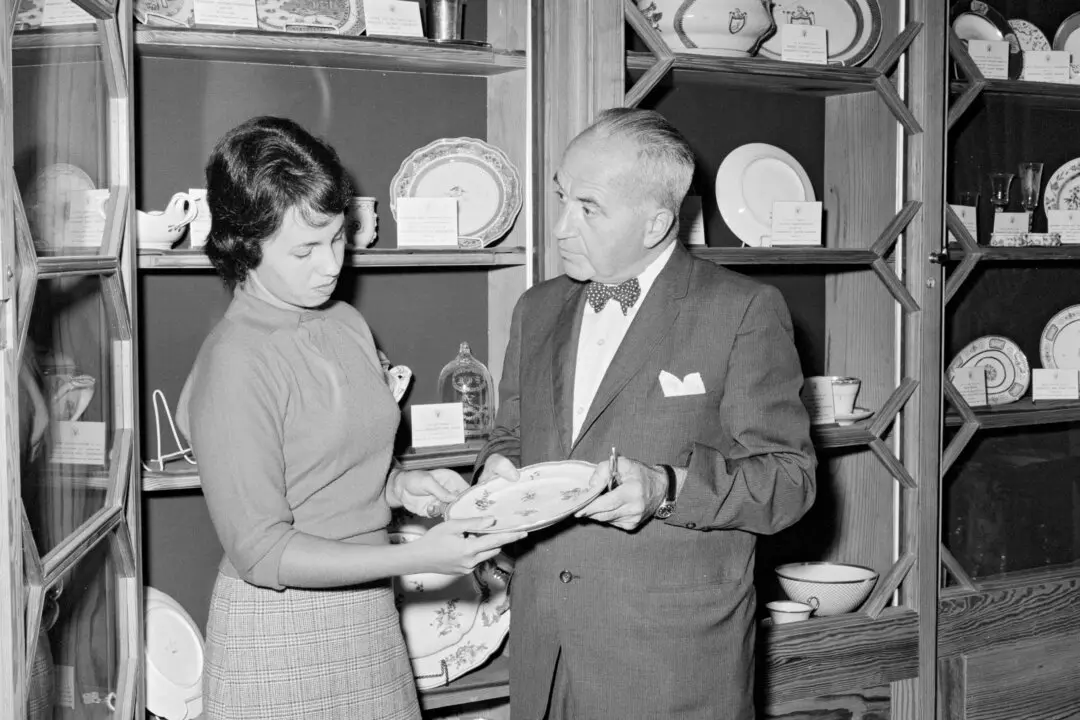The Tudor monarchs, via their art, are on a year-long royal progress of the United States with the exhibition “The Tudors: Art and Majesty in Renaissance England,” currently on view at the Cleveland Museum of Art (CMA) until May 14, 2023. This show debuted at The Metropolitan Museum of Art and will travel later this year to the Legion of Honor, Fine Arts Museums of San Francisco (June 24–Sept. 24). “The Tudors” is the first major exhibition in America of Tudor-era paintings, sculpture, jewelry, armor, tapestries, manuscripts, and precious metal and porcelain objects.
The Tudor dynasty lasted only three generations, from the late 15th century to the very early years of the 17th century, yet it is the most globally recognized British ruling family. During its transformative reign, England emerged from medieval feudalism to become an international power through maritime trade, the Protestant Reformation, and the English Renaissance.





